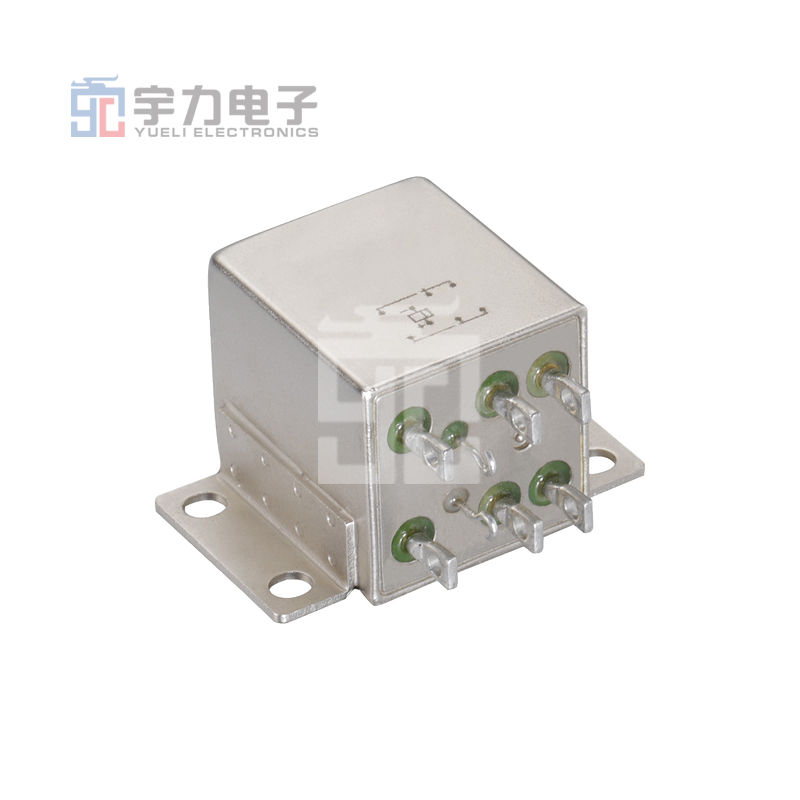How Miniature Relays Enhance the Functionality of Electronics
2025-08-09

How Miniature Relays Enhance the Functionality of Electronics
Table of Contents
- 1. Introduction to Miniature Relays
- 2. What Are Miniature Relays?
- 3. Importance of Miniature Relays in Electronics
- 4. Working Principle of Miniature Relays
- 5. Applications of Miniature Relays
- 6. Key Benefits of Using Miniature Relays
- 7. Challenges and Considerations in Relay Design
- 8. The Future of Miniature Relays in Electronics
- 9. Conclusion
- 10. Frequently Asked Questions
1. Introduction to Miniature Relays
Miniature relays stand as a cornerstone in the realm of electronic components. By facilitating control over heavy electrical loads with minimal input, these compact devices significantly enhance the functionality of modern electronics. Their versatility and efficiency have made them a preferred choice across various industries, ranging from automotive to telecommunications and home automation.
2. What Are Miniature Relays?
Miniature relays are electromechanical switches that allow a low-power signal to control a larger power circuit. They consist of a coil, an armature, and contacts. When an electric current passes through the coil, it generates a magnetic field that moves the armature, opening or closing the contacts. This design allows miniature relays to switch higher voltages and currents safely, making them essential components in countless electronic applications.
3. Importance of Miniature Relays in Electronics
The importance of miniature relays in electronics cannot be overstated. These relays not only manage the power flow but also enhance safety and reliability. By isolating control circuits from high-power loads, miniature relays prevent potential damage to sensitive devices. Furthermore, their compact size enables integration into a wide range of electronic devices without consuming significant space, thus facilitating innovative designs.
4. Working Principle of Miniature Relays
Understanding the working principle of miniature relays is crucial for their effective application. When voltage is applied to the coil, it creates a magnetic field. This magnetic field attracts the armature, resulting in the opening or closing of contacts. The switching action is typically of two types: normally open (NO) and normally closed (NC). In NO relays, the contacts remain open until activated, while in NC relays, the contacts remain closed until activated.
5. Applications of Miniature Relays
Miniature relays find applications in a wide array of fields, including:
5.1 Automotive Industry
In the automotive sector, miniature relays are used for controlling headlights, power windows, and other electronic systems. Their ability to switch high currents with low input makes them ideal for automotive applications.
5.2 Home Automation Systems
Miniature relays play a pivotal role in home automation systems by allowing users to control lighting, heating, and security systems remotely, thus enhancing comfort and convenience.
5.3 Telecommunications
In telecommunications, miniature relays are employed in switching systems and signal routing, ensuring reliable communication and data transfer.
5.4 Industrial Automation
In industrial automation, these relays help control machinery and equipment, improving efficiency and safety in manufacturing processes.
6. Key Benefits of Using Miniature Relays
The adoption of miniature relays in electronic systems offers numerous advantages:
6.1 Compact Size
Miniature relays are designed to be space-saving, making them ideal for applications where space is limited.
6.2 Enhanced Reliability
With their robust design, miniature relays provide reliable switching capabilities, ensuring consistent performance over time.
6.3 Cost-Effectiveness
Miniature relays are generally more affordable compared to other switching devices, making them a cost-effective solution for many applications.
6.4 Versatility
These relays are versatile and can be used in various applications, from simple circuits to complex systems.
6.5 Isolation of Control Circuits
Miniature relays offer electrical isolation, protecting sensitive components from high voltages and currents.
7. Challenges and Considerations in Relay Design
While miniature relays provide numerous benefits, there are challenges to consider during their design and application:
7.1 Heat Dissipation
Miniature relays can generate heat during operation, which needs to be managed effectively to prevent damage.
7.2 Switching Speed
The switching speed of miniature relays can be a limitation in high-frequency applications, requiring careful consideration in design.
7.3 Contact Wear
Frequent switching can lead to contact wear, impacting the longevity of the relay. Proper selection and application are essential to mitigate this issue.
8. The Future of Miniature Relays in Electronics
The future of miniature relays in electronics looks promising as technology continues to evolve. With the rise of smart devices and IoT (Internet of Things), the demand for efficient and compact switching solutions is expected to grow. Innovations in materials and design will likely enhance their performance and expand their applications, leading to even greater integration into modern electronic systems.
9. Conclusion
Miniature relays have revolutionized the functionality of electronic systems by providing reliable, space-saving, and cost-effective solutions for controlling high-power circuits. Their importance in various industries cannot be overlooked, as they contribute to the efficiency and safety of countless applications. As technology advances, the role of miniature relays will continue to evolve, further enhancing the capabilities of electronic devices.
10. Frequently Asked Questions
What are the main functions of miniature relays?
Miniature relays primarily function to control high-power circuits using a low-power signal, providing electrical isolation and enhancing safety.
What industries use miniature relays?
Miniature relays are used across various industries, including automotive, home automation, telecommunications, and industrial automation.
How do I choose the right miniature relay for my application?
Selecting the right miniature relay involves considering factors such as voltage rating, current capacity, switching speed, and the specific requirements of your application.
Can miniature relays handle high-frequency switching?
While miniature relays can handle some high-frequency applications, their switching speed may be limited compared to solid-state relays, necessitating careful evaluation.
What maintenance is required for miniature relays?
Regular inspection for signs of wear, dust, and heat buildup can help maintain the reliability of miniature relays. Replacing them as needed ensures optimal performance.
By following the insights and information presented in this article, we can harness the potential of miniature relays to enhance the functionality of our electronic systems, driving innovation and efficiency in technology.
Previous:


